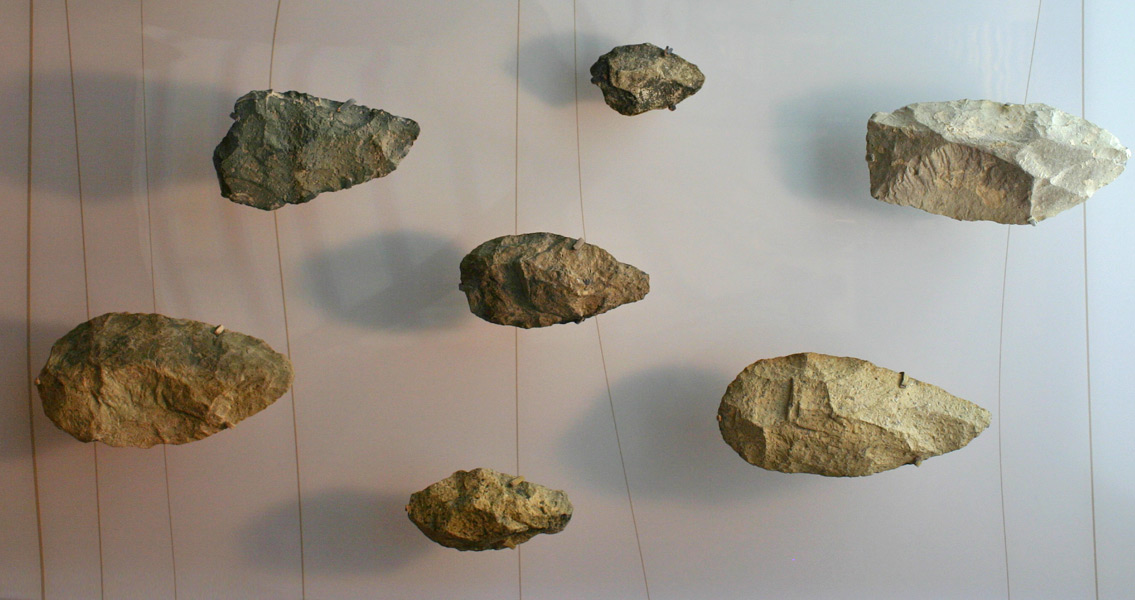<![CDATA[A new research study published in the journal Scientific Reports has revealed that early humans were adept at using landscape features to employ ambush hunting tactics in the Kenyan Rift around one million years in the past. The Kenyan Rift attracted larger animals like spotted hyenas, hippos, elephants and baboons thanks to an abundance of freshwater from an ancient lake, a high level of available nutrients, and a low level of dangerous apex predators in the region. However, because of the particularities of the landscape, the movements of these animals were largely restricted to just a few well-used paths – and a team of earth scientists and anthropologists have discovered evidence that early humans noticed these pathways, leading to the development of ambush tactics. In a region of the Kenyan Rift known as Olorgesailie, discoveries have been made in the past that included a significant number of hand axes created in the Acheulean method. These stone tools have long been associated with hunting and butchering large prey animals and further indicated that the site was frequented by the early humans that undertook these actions. While the region as it looks today is significantly changed from its appearance a millennia ago, thanks to volcanic activity, earthquakes, and climate changes, researchers managed to make several adjustments to take sediment deposit, erosion, and fault motion into account. This enabled them to create a model of the landscape as it would have appeared in prehistoric times – and showed how the region’s early humans could have used it to their advantage. According to lead UK researcher Dr. Sally Reynolds from Bournemouth University (BU), the modelling methods were quite innovative. In a statement released by BU, Dr. Reynolds remarked that the researchers were able to construct a picture of animal movements as they would have existed one million years in the past through reconstructing topographical data and through examining current soil trace nutrients. The researchers also gained knowledge of how modern animals in the region grazed by interviewing leaders in the local Masai community, the scientist added. Dr. Reynolds explained that the landscape of the Olorgesailie region as it existed in the past was particularly well suited for ambush tactics, as the routes taken by these animals were plainly visible from elevated lookout points and because there were so few routes into the area to begin with. The scientist also pointed out that thanks to the large amounts of stone suitable for toolmaking, and a reliable source of drinking water, the region was ideal for early human occupation. The researchers involved in the new discovery hope that the site, and others like it, will be subjected to additional landscape-based frameworks for evaluation and interpretation of ancestral behaviors in the future. For more information: www.nature.com Image courtesy of Wikimedia Commons user: Ryan Somma ]]>
Early Humans Used Ambush Hunting Tactics, Research Says
